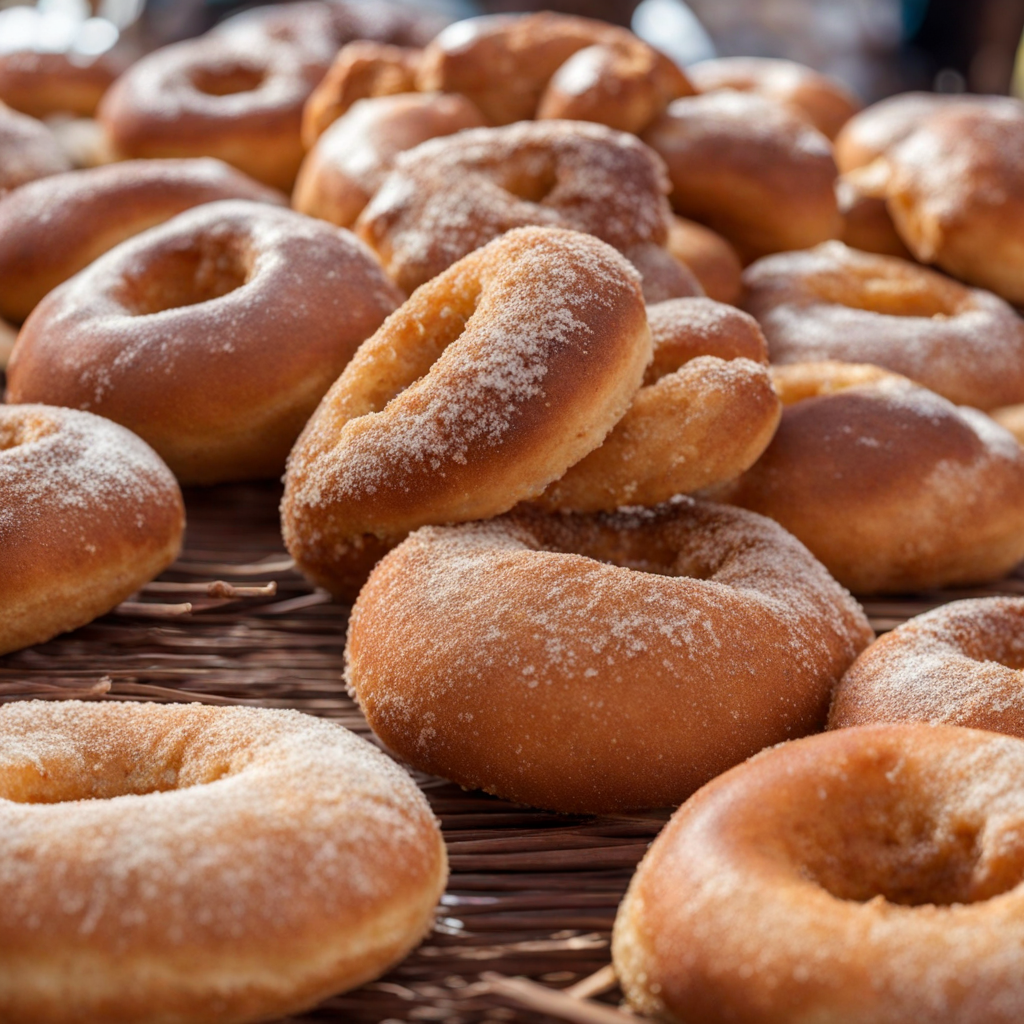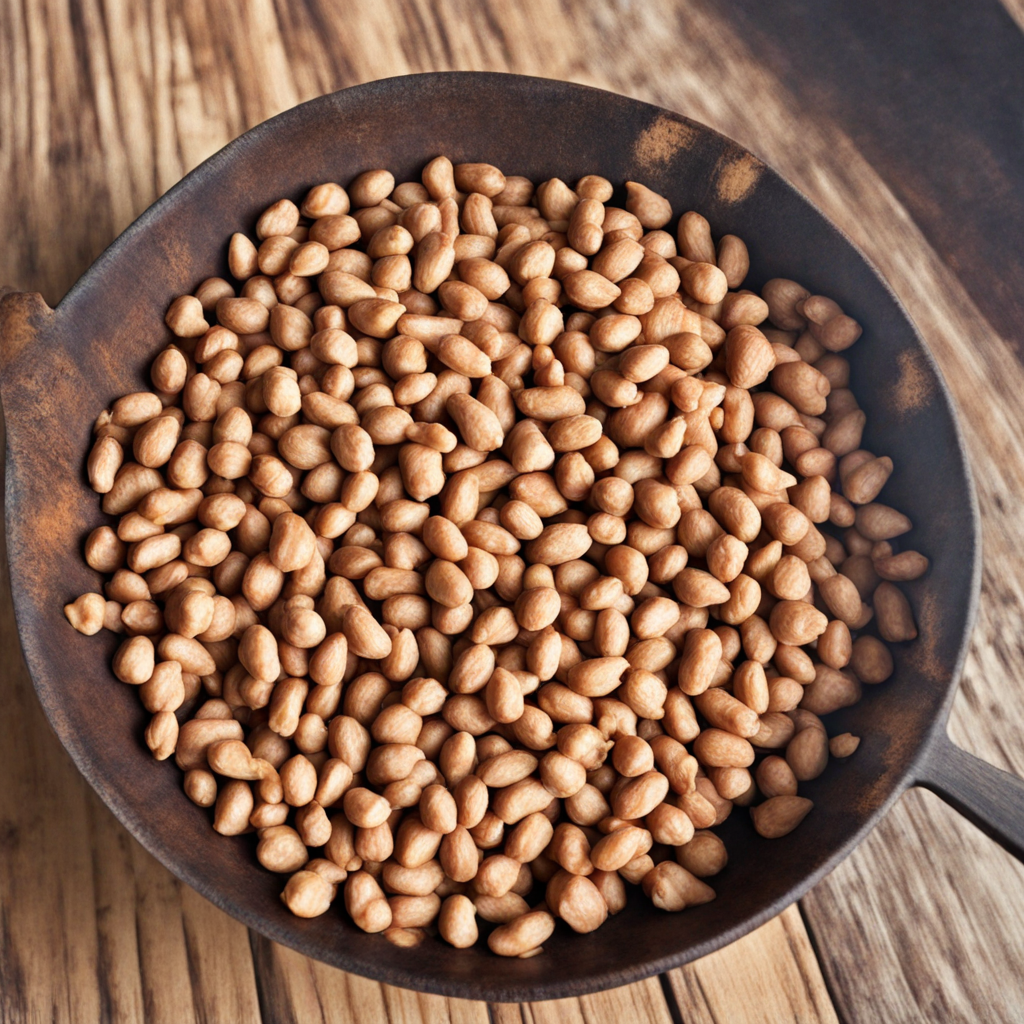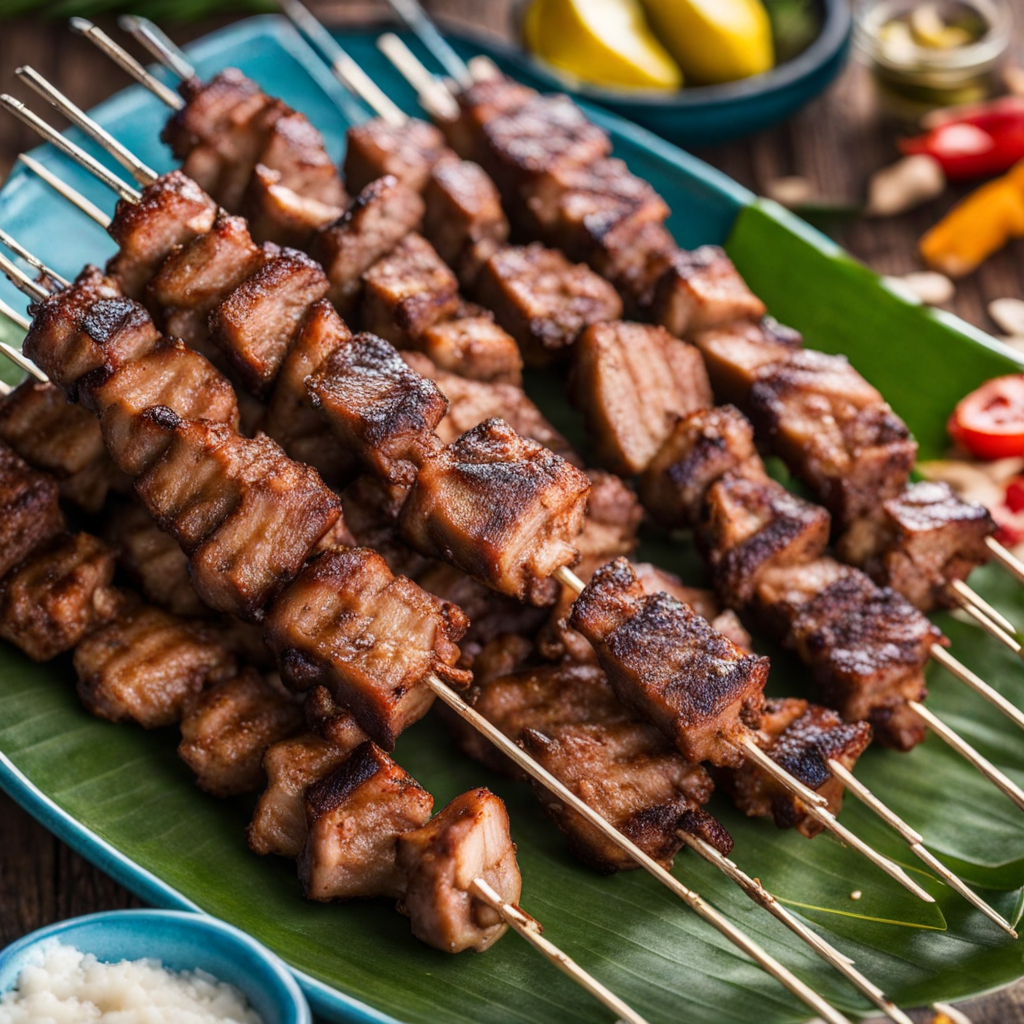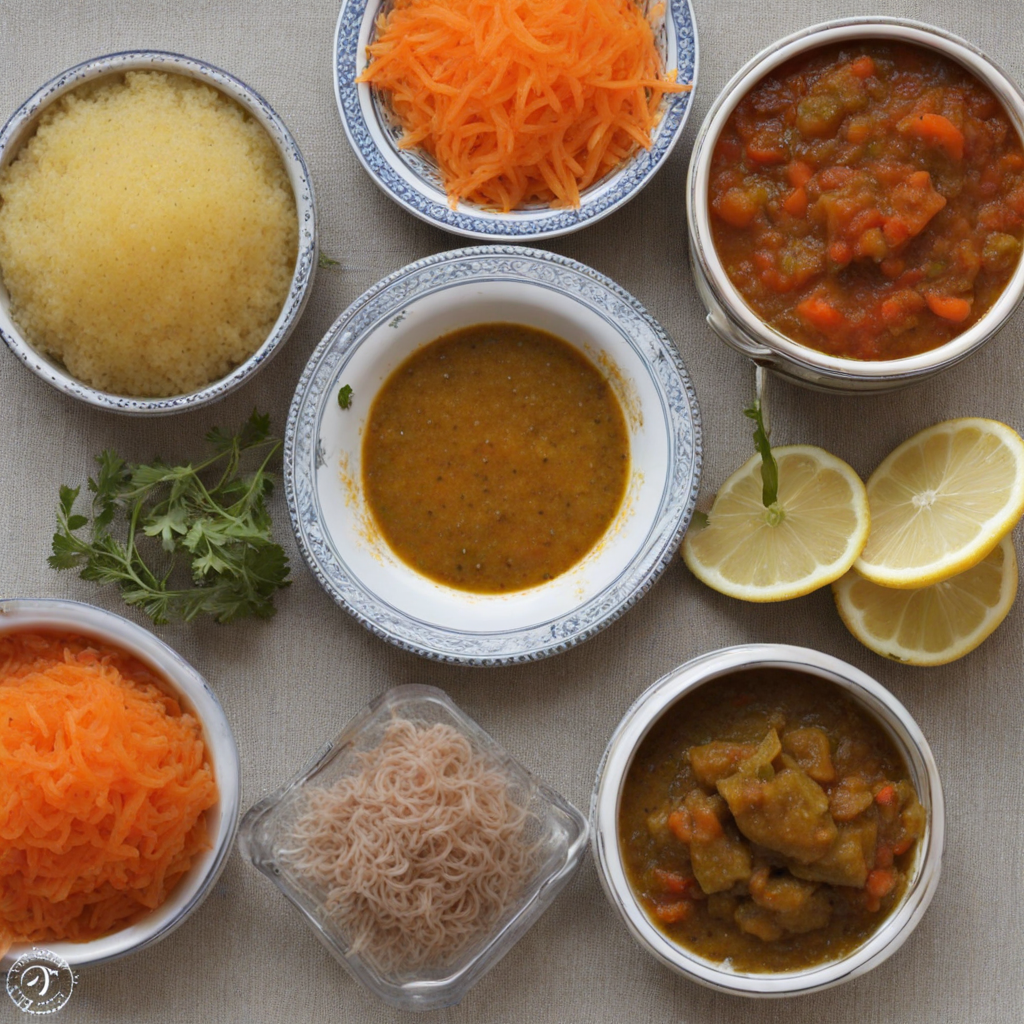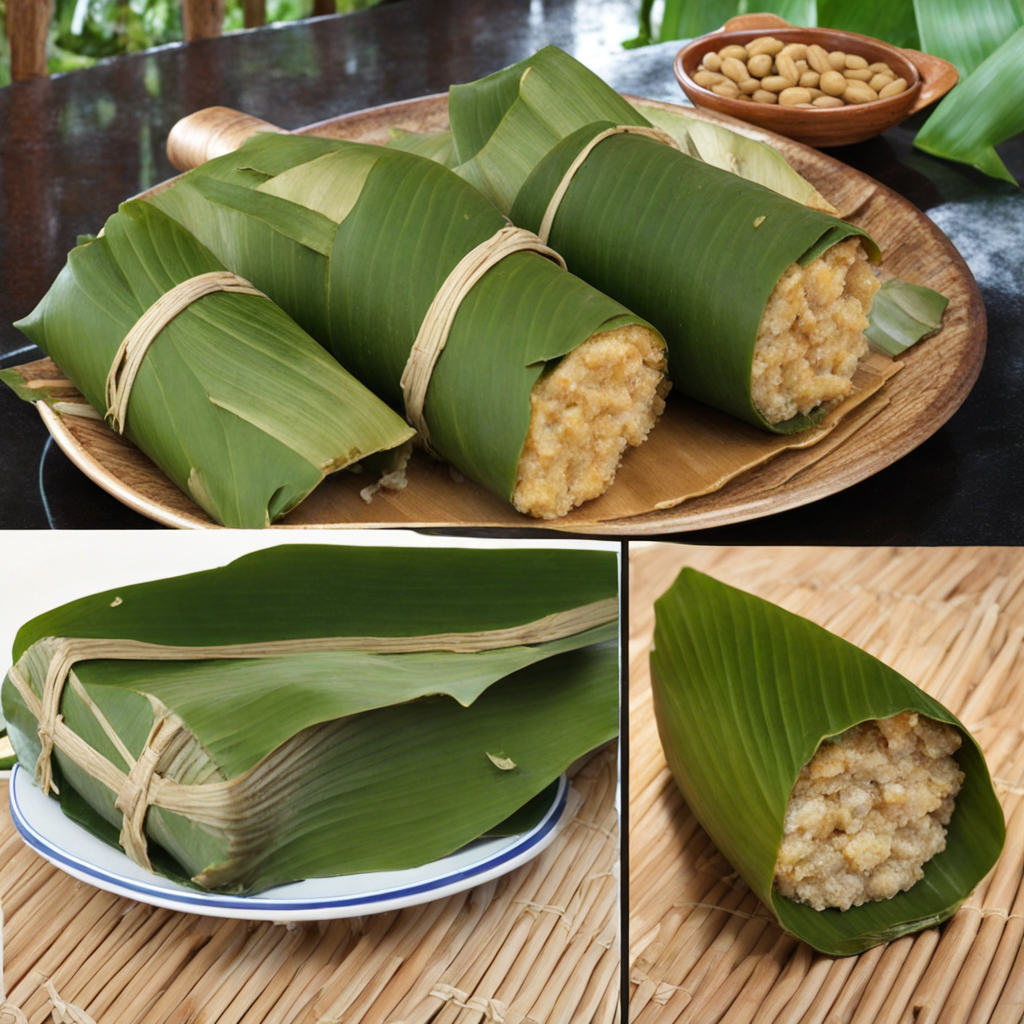Mofo Gasy
Mofo Gasy, a beloved street food from Madagascar, offers a delightful blend of flavors and textures that encapsulates the essence of the island's culinary heritage. These round, golden-brown rice flour pancakes are typically made with a mixture of rice flour, sugar, and yeast, resulting in a light, fluffy interior with a slightly crispy exterior. The pancakes are often served warm and can be enjoyed plain or with a variety of toppings, including grated coconut, honey, or even a sprinkle of cinnamon, making each bite a unique experience that tantalizes the taste buds. In Madagascar, Mofo Gasy is commonly enjoyed as a breakfast item or a snack throughout the day. The aroma of these pancakes, which wafts through bustling markets and street corners, is irresistible and inviting. Vendors often cook them in specially designed molds over charcoal, imparting a subtle smokiness that enhances their flavor profile. This traditional cooking method not only contributes to the texture but also creates a warm, communal atmosphere as locals gather to enjoy this cherished treat. What makes Mofo Gasy truly special is its versatility. While the classic version is delicious on its own, many variations exist that incorporate local ingredients, such as ripe bananas or seasonal fruits, providing a modern twist on the traditional recipe. Whether you savor them with a cup of Malagasy coffee in the morning or as a sweet indulgence during the day, Mofo Gasy is a must-try for anyone looking to explore the rich and diverse flavors of Madagascar.
How It Became This Dish
Mofo Gasy: A Culinary Treasure of Madagascar Introduction Mofo Gasy, translating to "Malagasy bread," is a beloved street food that embodies the essence of Madagascar's rich culinary tapestry. This delightful treat, often enjoyed for breakfast or as a snack, showcases the unique interplay of flavors, ingredients, and cultural influences that have shaped Madagascar’s food scene over centuries. Origins The roots of Mofo Gasy can be traced back to the island's indigenous populations, who have inhabited Madagascar for over 2,000 years. The early Malagasy people primarily relied on local ingredients and traditional cooking methods, which laid the groundwork for the diverse culinary practices observed today. The term "Mofo" refers to any type of bread or cake in Malagasy, while "Gasy" denotes something that is distinctly Malagasy, underscoring the dish’s local heritage. The basic ingredients of Mofo Gasy—rice flour, sugar, and coconut—reflect the agricultural bounty of Madagascar. Rice is the staple food of the country, grown in the fertile highlands and lowlands, while coconuts are abundant along the coastal regions. The use of sugar, likely introduced through trade with European colonizers and later through the sugarcane plantations established during the French colonial period, adds a sweet dimension to the dish. Cultural Significance Mofo Gasy is more than just a snack; it is a symbol of Malagasy identity and community. It is commonly sold by street vendors, often prepared fresh in small, round molds over charcoal or open flame, which imparts a smoky flavor that enhances the overall taste. This cooking method, reminiscent of ancient practices, emphasizes the importance of communal eating and the social fabric of Malagasy life. In many Malagasy households, Mofo Gasy is served during special occasions, such as weddings, festivals, and family gatherings, signifying hospitality and togetherness. The dish is often paired with coffee or tea, making it a cherished breakfast option that fuels the day. The act of sharing Mofo Gasy among family and friends reflects the Malagasy cultural values of generosity and community, where food serves as a bridge to forge connections and strengthen bonds. Development Over Time The evolution of Mofo Gasy parallels the broader historical narrative of Madagascar itself. The island has been influenced by various cultures, including those of African, Arab, Indian, and European descent. Each of these groups brought their culinary traditions, which have melded into the vibrant food culture of the island. During the 19th century, as Madagascar faced increasing external influences, including colonialism and trade, Mofo Gasy began to adopt new flavors and variations. The introduction of additional ingredients, such as vanilla and chocolate, showcased the island's rich biodiversity and the influx of new culinary ideas. These adaptations have diversified the offerings of Mofo Gasy, with different regions of the island presenting their unique twists on the classic recipe. In the 20th century, with the rise of urbanization and globalization, Mofo Gasy found its way into the hearts of not just locals but also tourists. As Madagascar opened its doors to the world, street vendors began to cater to a wider audience, offering Mofo Gasy in various forms. Some vendors started to experiment with fillings, incorporating local fruits, nuts, and even savory ingredients like cheese or meat, further broadening the appeal of this beloved food. Modern Interpretations Today, Mofo Gasy continues to evolve while remaining a cherished part of Malagasy culture. It is often found at local markets, roadside stalls, and even upscale restaurants that seek to celebrate traditional flavors. The dish has also gained recognition at culinary festivals and events, both within Madagascar and internationally, showcasing the island's culinary heritage. The modern twist on Mofo Gasy is evident in its presentation and preparation methods. While traditionalists may prefer the classic version made in coconut molds, contemporary chefs are exploring innovative techniques, such as baking or frying, to create new textures and flavors. The use of organic and locally sourced ingredients has also gained traction, as more people become aware of the importance of sustainability and supporting local farmers. Additionally, social media has played a significant role in elevating the profile of Mofo Gasy. With the rise of food photography and sharing platforms, many Malagasy food enthusiasts are showcasing their culinary creations online, sparking interest in traditional dishes among younger generations and international audiences alike. This digital presence helps to preserve and promote the cultural significance of Mofo Gasy, ensuring that it remains a vital part of Madagascar's culinary landscape. Conclusion Mofo Gasy is not just a culinary delight; it is a testament to Madagascar's rich history, cultural diversity, and communal spirit. From its humble origins rooted in indigenous practices to its modern interpretations that embrace global influences, Mofo Gasy continues to capture the hearts and taste buds of many. As Madagascar navigates the complexities of a rapidly changing world, this iconic dish remains a symbol of resilience and identity, reminding us of the power of food to connect people across generations and cultures. Whether enjoyed in a bustling market or a family gathering, Mofo Gasy is a celebration of Malagasy heritage, a delicious reminder of the island's unique story woven through time.
You may like
Discover local flavors from Madagascar


